File Excel
Type of resources
Topics
INSPIRE themes
Provided by
Years
Formats
Update frequencies
status
-

As part of the European MAELSTROM project, microplastic monitoring was carried out to assess the impact of marine cleaning operations. The study focused on two representative sites: Sacca Fisola, within the Venice Lagoon, characterised by high maritime traffic, and Mussel Farm, a coastal area near Cavallino-Jesolo, a former mussel farm. Both sites were monitored every six months and divided into before and after cleaning activities performed by the Seabed Robotic Cleaning Platform (autumn 2022 and late spring 2023 for the Sacca Fisola site and late spring 2023 for the Mussel Farm site). This innovative robotic system has been designed to remove macro-litter from the seabed. Among the different matrices analysed, particular attention was paid to the biota, with the study of fish species representative of the North Adriatic area, both lagoon and coastal. The species analysed included mullet (Liza sp.), sea bream (Sparus aurata), spiny dogfish (Squalus acanthias) and sole (Solea solea). The main objective was to assess whether the removal of macro plastics from the seabed by the robot was correlated with a reduction in microplastics in the fish themselves, thus contributing to an understanding of the effectiveness of cleaning operations not only on visible debris, but also on the microscopic particles that can be accidentally ingested by these organisms.
-

As part of the European MAELSTROM project, microplastic monitoring was carried out to assess the impact of marine cleaning operations. The study focused on two representative sites: Sacca Fisola, within the Venice Lagoon, characterised by high maritime traffic, and Mussel Farm, a coastal area near Cavallino-Jesolo, a former mussel farm. Both sites were monitored every six months and divided into before and after cleaning activities performed by the Seabed Robotic Cleaning Platform (autumn 2022 and late spring 2023 for the Sacca Fisola site and late spring 2023 for the Mussel Farm site). This innovative robotic system has been designed to remove macro-litter from the seabed. Among the matrices analysed, particular attention was paid to the water column to investigate whether macrolitter removal also influenced the presence of microplastics (MPs). The main objective was to assess any changes in the concentration of secondary MPs, which are particularly abundant in the marine environment, as a result of the clean-up operations. This approach represents an innovative contribution to understanding the interactions between macrolitter and MPs and to improving marine pollution mitigation strategies.
-

As part of the European MAELSTROM project, microplastic monitoring was carried out to assess the impact of marine cleaning operations. The study focused on two representative sites: Sacca Fisola, within the Venice Lagoon, characterised by high maritime traffic, and Mussel Farm, a coastal area near Cavallino-Jesolo, a former mussel farm. Both sites were monitored every six months and divided into before and after cleaning activities performed by the Seabed Robotic Cleaning Platform (autumn 2022 and late spring 2023 for the Sacca Fisola site and late spring 2023 for the Mussel Farm site). This innovative robotic system has been designed to remove macro-litter from the seabed. The main objective was to assess possible changes in the concentration of secondary MPs in water surface, which are particularly abundant in the marine environment, following clean-up operations. This approach represents an innovative contribution to the understanding of macro-litter-MP interactions and to the improvement of marine pollution mitigation strategies.
-
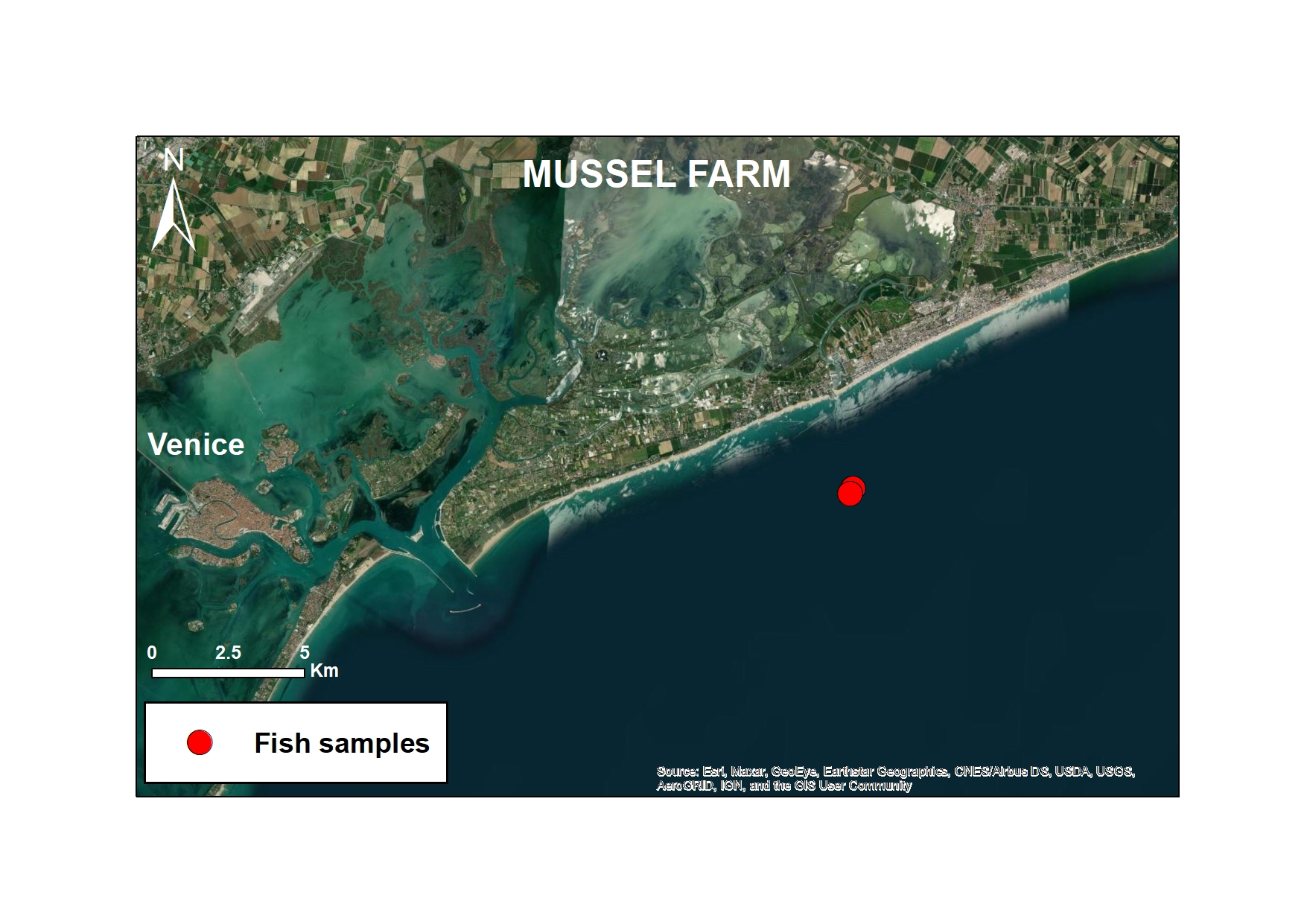
As part of the European MAELSTROM project, microplastic monitoring was carried out to assess the impact of marine cleaning operations. The study focused on two representative sites: Sacca Fisola, within the Venice Lagoon, characterised by high maritime traffic, and Mussel Farm, a coastal area near Cavallino-Jesolo, a former mussel farm. Both sites were monitored every six months and divided into before and after cleaning activities performed by the Seabed Robotic Cleaning Platform (autumn 2022 and late spring 2023 for the Sacca Fisola site and late spring 2023 for the Mussel Farm site). This innovative robotic system has been designed to remove macro-litter from the seabed. Among the different matrices analysed, particular attention was paid to the biota, with the study of fish species representative of the North Adriatic area, both lagoon and coastal. The species analysed included mullet (Liza sp.), sea bream (Sparus aurata), spiny dogfish (Squalus acanthias) and sole (Solea solea). The main objective was to assess whether the removal of macro plastics from the seabed by the robot was correlated with a reduction in microplastics in the fish themselves, thus contributing to an understanding of the effectiveness of cleaning operations not only on visible debris, but also on the microscopic particles that can be accidentally ingested by these organisms.
-
At the core of MAELSTROM’s innovative solution is an advanced robotic seabed cleaning platform, developed collaboratively by TECNALIA, CNRS-LIRMM, and "Servizi Tecnici." This floating structure serves as a base station for the cleaning robot, deploying it via cables and winches while integrating a sophisticated suite of underwater sensors to detect, identify, and manage marine litter. The platform supports two key tools: a dredge for collecting smaller debris and a gripper for retrieving larger items, such as tires, boat fragments, and fishing nets. Designed to function as an adaptable and sustainable system, this platform exemplifies cutting-edge technology for marine litter removal and management. The marine litter recovered during the cleaning campaigns has been characterized and the results are available in the Table 1 and Table 3 of the project deliverable 5.2 "Final report on operation of the Seabed Cleaning System in Venice".
-

As part of the European MAELSTROM project, microplastic monitoring was carried out to assess the impact of marine cleaning operations. The study focused on two representative sites: Sacca Fisola, within the Venice Lagoon, characterised by high maritime traffic, and Mussel Farm, a coastal area near Cavallino-Jesolo, a former mussel farm. Both sites were monitored every six months and divided into before and after cleaning activities performed by the Seabed Robotic Cleaning Platform (autumn 2022 and late spring 2023 for the Sacca Fisola site and late spring 2023 for the Mussel Farm site). This innovative robotic system has been designed to remove macro-litter from the seabed. Among the different matrices analysed, particular attention was paid to the biota, with the study of fish species representative of the North Adriatic area, both lagoon and coastal. The species analysed included mullet (Liza sp.), sea bream (Sparus aurata), dauphin (Atherina boyeri) and sole (Solea solea). The main objective was to assess whether the removal of macro plastics from the seabed by the robot was correlated with a reduction in microplastics in the fish themselves, thus contributing to an understanding of the effectiveness of cleaning operations not only on visible debris, but also on the microscopic particles that can be accidentally ingested by these organisms.
-

As part of the European MAELSTROM project, microplastic monitoring was carried out to assess the impact of marine cleaning operations. The study focused on two representative sites: Sacca Fisola, within the Venice Lagoon, characterised by high maritime traffic, and Mussel Farm, a coastal area near Cavallino-Jesolo, a former mussel farm. Both sites were monitored every six months and divided into before and after cleaning activities performed by the Seabed Robotic Cleaning Platform (autumn 2022 and spring 2023 for the Sacca Fisola site and spring 2023 for the Mussel Farm site). This innovative robotic system has been designed to remove macro-litter from the seabed. Monitoring also focused on surface sediments with the main objective of assessing the correlation between macro-litter removal and changes in MP concentrations in sediments.
-
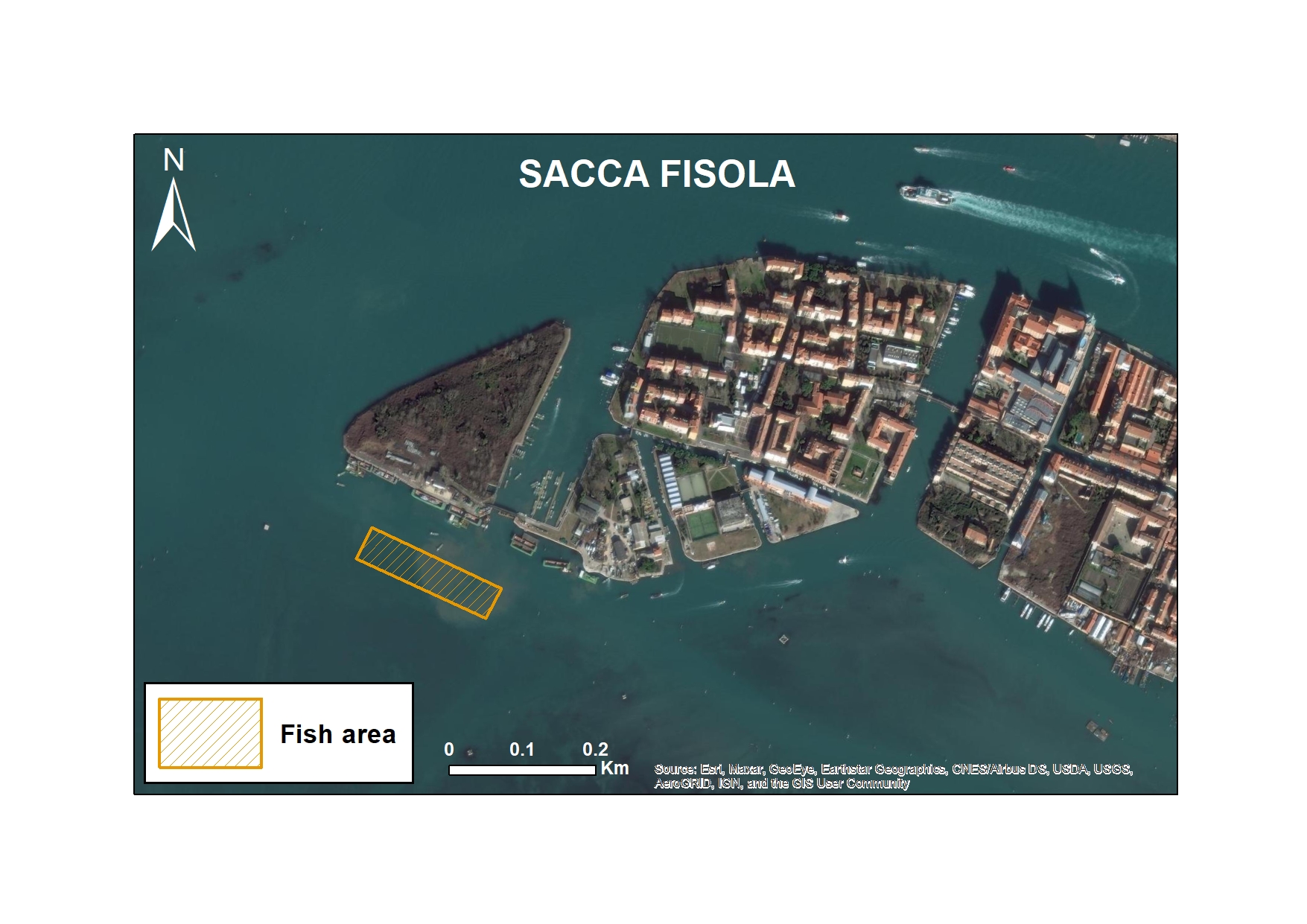
As part of the European MAELSTROM project, microplastic monitoring was carried out to assess the impact of marine cleaning operations. The study focused on two representative sites: Sacca Fisola, within the Venice Lagoon, characterised by high maritime traffic, and Mussel Farm, a coastal area near Cavallino-Jesolo, a former mussel farm. Both sites were monitored every six months and divided into before and after cleaning activities performed by the Seabed Robotic Cleaning Platform (autumn 2022 and late spring 2023 for the Sacca Fisola site and late spring 2023 for the Mussel Farm site). This innovative robotic system has been designed to remove macro-litter from the seabed. Among the different matrices analysed, particular attention was paid to the biota, with the study of fish species representative of the North Adriatic area, both lagoon and coastal. The species analysed included mullet (Liza sp.), sea bream (Sparus aurata), dauphin (Atherina boyeri) and sole (Solea solea). The main objective was to assess whether the removal of macro plastics from the seabed by the robot was correlated with a reduction in microplastics in the fish themselves, thus contributing to an understanding of the effectiveness of cleaning operations not only on visible debris, but also on the microscopic particles that can be accidentally ingested by these organisms.
-
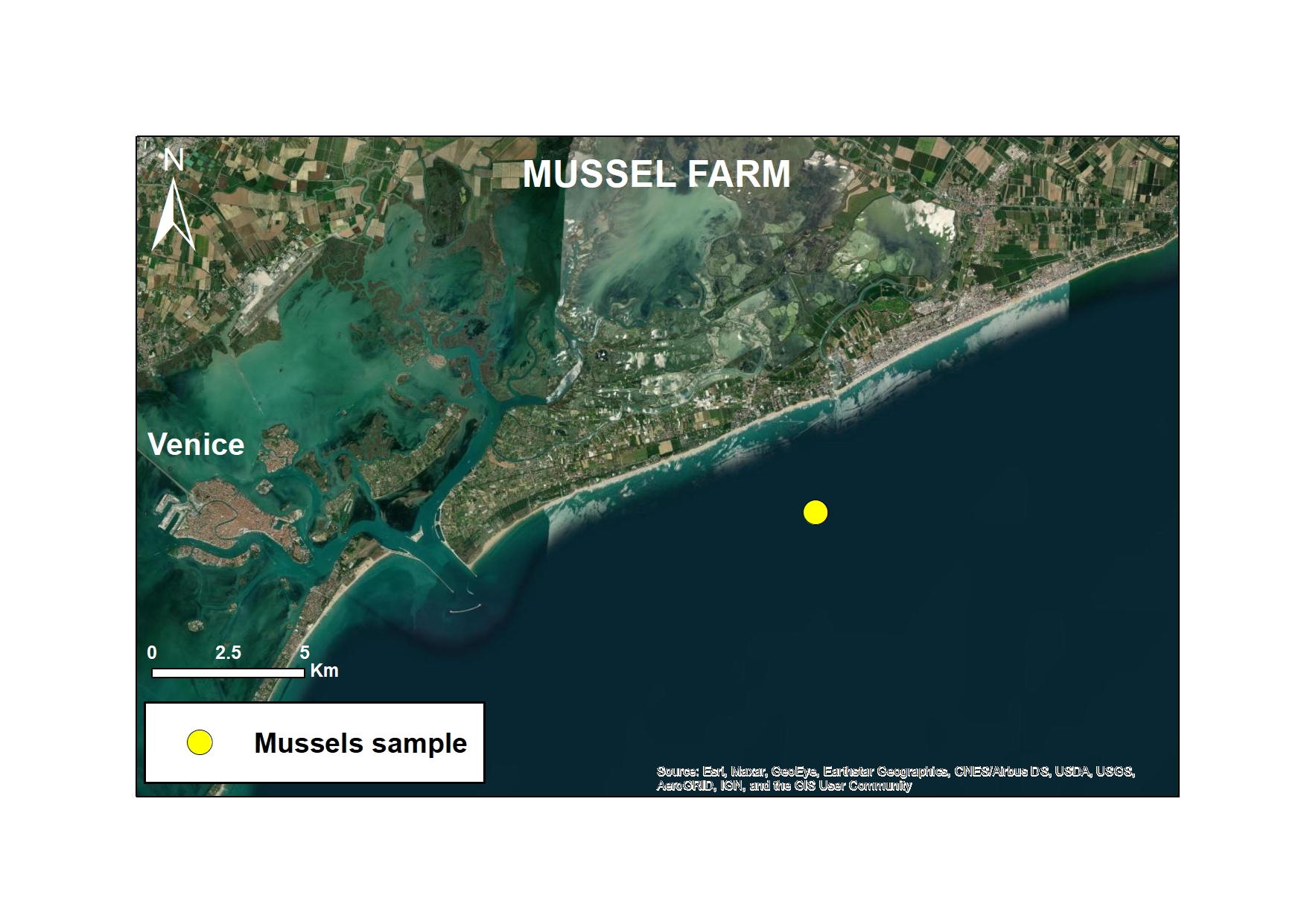
As part of the European MAELSTROM project, microplastic monitoring was carried out to assess the impact of marine cleaning operations. The study focused on two representative sites: Sacca Fisola, within the Venice Lagoon, characterised by high maritime traffic, and Mussel Farm, a coastal area near Cavallino-Jesolo, a former mussel farm. Both sites were monitored every six months and divided into before and after cleaning activities performed by the Seabed Robotic Cleaning Platform (autumn 2022 and late spring 2023 for the Sacca Fisola site and late spring 2023 for the Mussel Farm site). This innovative robotic system has been designed to remove macro-litter from the seabed.
-
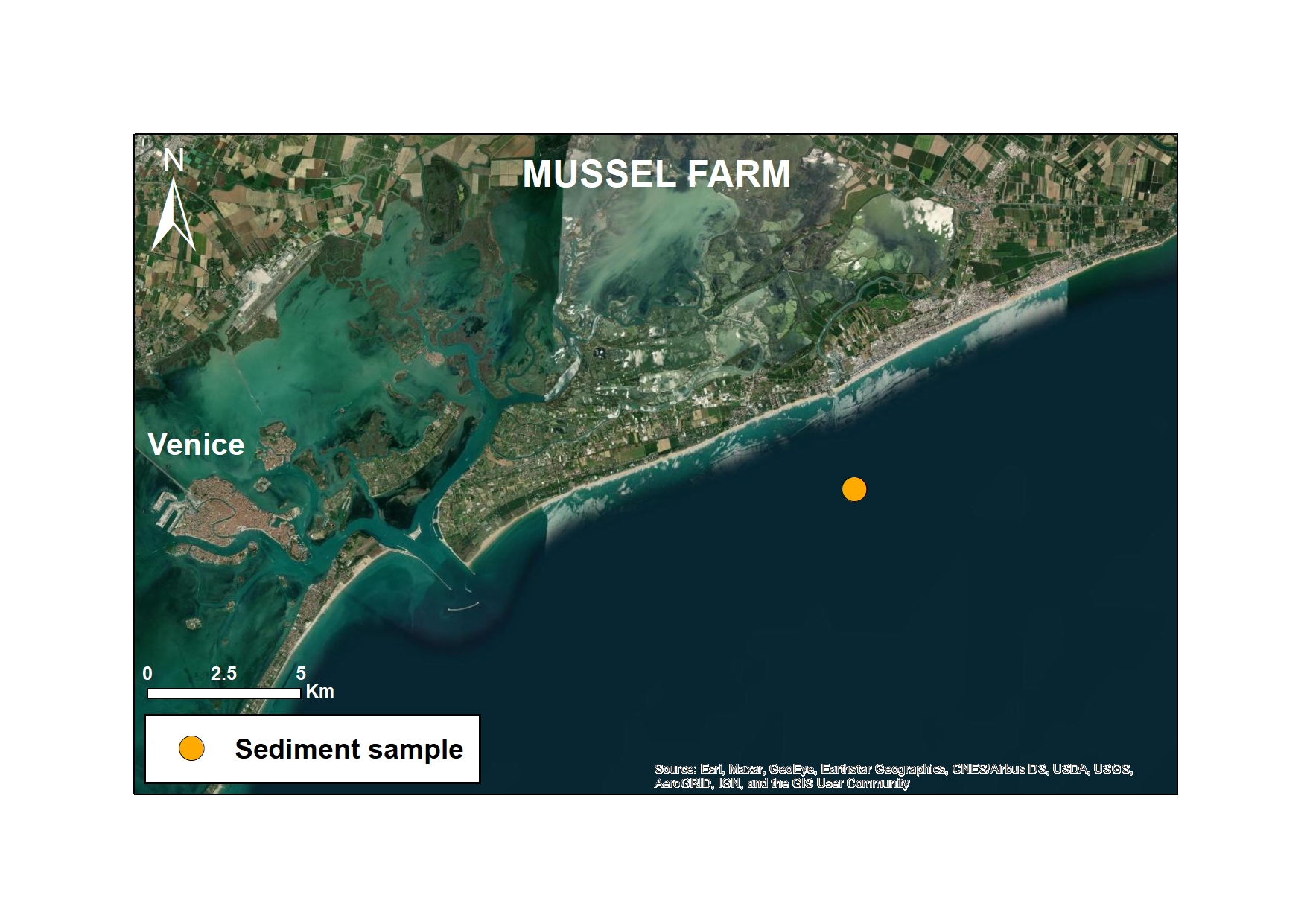
As part of the European MAELSTROM project, microplastic monitoring was carried out to assess the impact of marine cleaning operations. The study focused on two representative sites: Sacca Fisola, within the Venice Lagoon, characterised by high maritime traffic, and Mussel Farm, a coastal area near Cavallino-Jesolo, a former mussel farm. Both sites were monitored every six months and divided into before and after cleaning activities performed by the Seabed Robotic Cleaning Platform (autumn 2022 and late spring 2023 for the Sacca Fisola site and late spring 2023 for the Mussel Farm site). This innovative robotic system has been designed to remove macro-litter from the seabed. Monitoring also focused on surface sediments with the main objective of assessing the correlation between macro-litter removal and changes in MP concentrations in sediments.
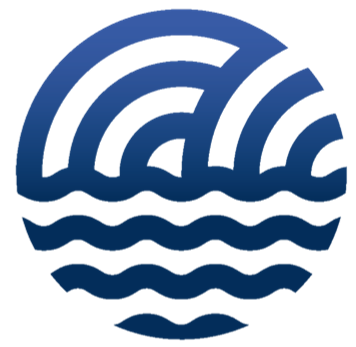 CNR-ISMAR
CNR-ISMAR